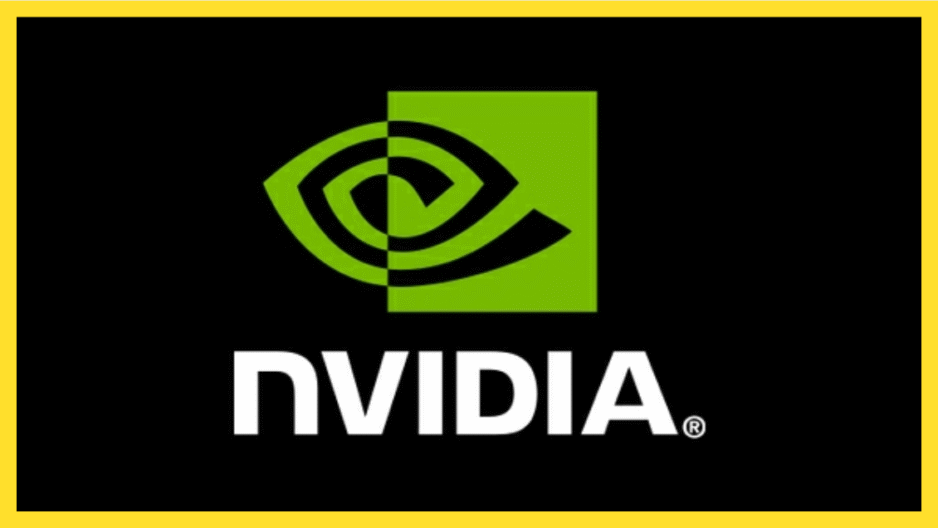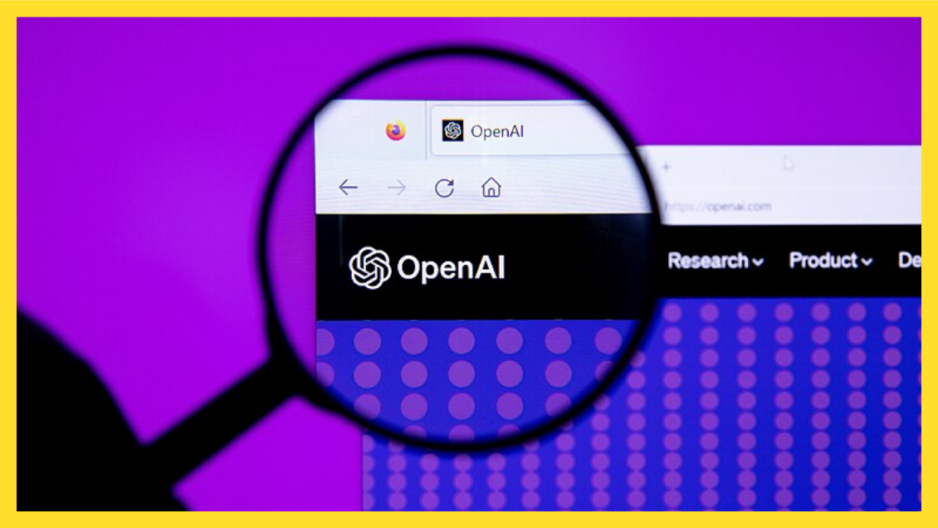Nvidia, a leading name in artificial intelligence (AI) and graphics technology, is making exciting strides with its plans to develop a new AI chip specifically for the Chinese market. This chip will be based on Nvidia’s latest technology, marking a significant step towards strengthening AI capabilities in China while addressing unique market needs.
The rise of AI is transforming industries worldwide, and China, as a major tech hub, is eager to embrace this revolution. Nvidia’s new AI chip is expected to offer improved performance and efficiency, helping Chinese companies and developers process AI tasks faster and more effectively. This move also reflects the company’s strategy to cater to regional demands by creating technology designed to meet specific challenges faced in different markets.
One key reason behind Nvidia’s focus on China is the country’s vast and growing appetite for AI-powered applications. From smart cities and healthcare to robotics and autonomous vehicles, AI is becoming crucial in many areas. By delivering a chip tailored for these applications, Nvidia provides the tools China needs to stay at the forefront of innovation.
Another important aspect is that this new chip could help overcome restrictions related to technology exports and improve collaboration between Nvidia and Chinese tech companies. Designing a chip that complies with local regulations while maintaining top-tier performance is a smart way to expand Nvidia’s reach.
In conclusion, Nvidia’s development of an AI chip exclusively for China is more than just a business move; it’s a sign of how technology is adapting to meet global needs in unique ways. As AI continues to reshape our world, innovations like this will play a critical role in driving progress and unlocking new opportunities. Tech enthusiasts and industry experts will be watching closely to see the impact of this exciting development.
Read more: Reuters


